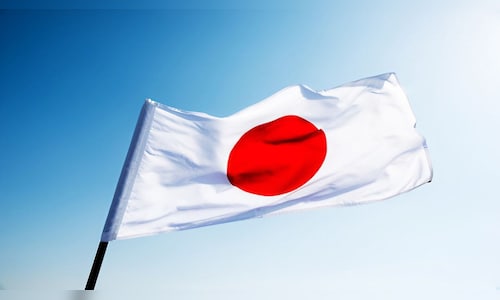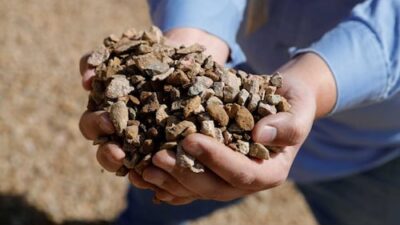According to the Cabinet Office on Monday, gross domestic product declined at an annualized rate of 0.2% in the three months ending in March, an improvement from the 0.7% drop in preliminary data. Economists had anticipated that the first estimate would remain unchanged.
Personal consumption increased by 0.1%, while business investment rose by 1.1%. Inventories added 0.6 percentage points to growth, while net exports hindered growth by 0.8 percentage points.
The adjusted figures reaffirmed that the world’s fourth-largest economy was already contracting before U.S. President Donald Trump intensified the challenges by broadening his tariff measures in April. For the BOJ, these numbers are likely to reinforce a cautious approach for the time being, particularly after it revised down its growth forecast for the year during the last policy meeting.
BOJ officials remain highly alert to the effects of tariffs, with Governor Kazuo Ueda describing the uncertainties as “extremely high.” He cautioned last week that tariffs could impact Japan’s economy through various channels, committing to assess economic and price trends through a wide range of indicators.
The majority of economists expect the central bank to postpone any further rate hikes, with most predicting no changes in the upcoming months. The BOJ will next review its policy on June 17.
Japan is facing a wave of U.S. tariffs, including a comprehensive 10% duty on its exports that is set to increase to 24% in early July unless a trade agreement is reached. Sector-specific tariffs are particularly challenging, most notably the 25% duties on cars and auto parts, which are squeezing profit margins for exporters.
Read Also: Meta in talks for Scale AI investment that could top $10 Billion



